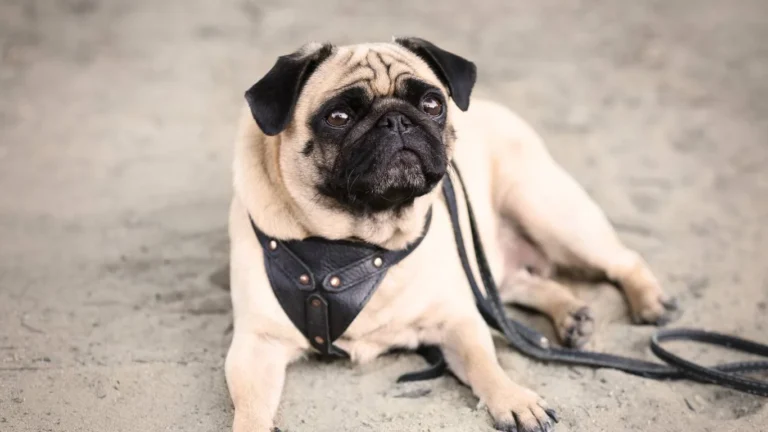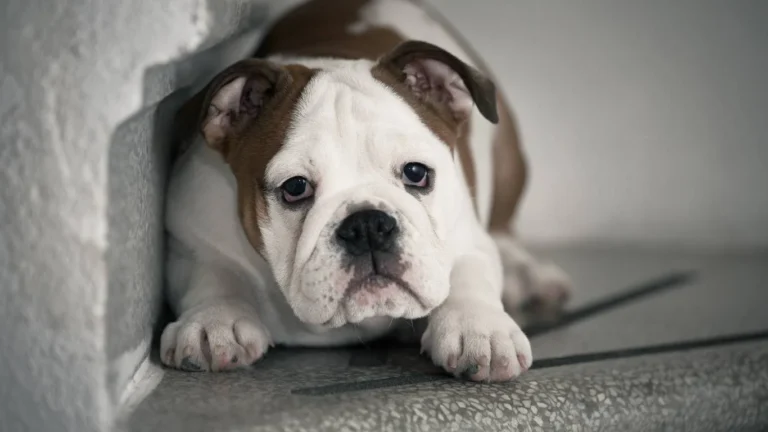How to Prevent Motion Sickness in Puppies: Easy Tips for Happy Trips
As a Veterinary Assistant with a nutrition focus, I’ve seen firsthand how motion sickness can be a real challenge for puppies. It’s something that often goes unnoticed by new puppy owners, but if your little furball starts feeling uneasy during car rides, it’s not just about the motion—it’s about their comfort, health, and overall well-being. If you’re here because you’re wondering how to prevent motion sickness in puppies, you’re not alone. This issue can be a common occurrence, especially in younger dogs, and addressing it early can make travel a lot more enjoyable for both you and your puppy.
What is Motion Sickness in Puppies?
Motion sickness in puppies occurs when the part of their brain responsible for balance (the vestibular system) gets overwhelmed by the movement it senses during a car ride. While you might think that older dogs will outgrow it, the truth is that many puppies are still developing their sense of balance, and they can be more prone to motion sickness. This condition can leave your puppy feeling nauseous, uncomfortable, and sometimes even dizzy or disoriented.

When your puppy experiences motion sickness, you may notice a few classic symptoms: drooling, whining, restlessness, or even vomiting. It’s important to recognize these signs early and take steps to address the issue before it becomes a long-term problem. If your puppy is particularly sensitive to motion sickness, it could become a stressful situation for both of you. The good news is, with some care and preventive measures, you can help your puppy feel better during travel!
Why Do Puppies Get Motion Sickness?
Motion sickness is a common issue, but understanding why it happens can be key to preventing it. The main culprit here is the immaturity of a puppy’s inner ear and balance system. Their brains are still adjusting to the sensation of movement, and the rapid back-and-forth motion of the car can confuse them. Think of it like trying to walk straight after spinning in circles. Puppies don’t yet have the coordination to adjust to the motion, so their little bodies get overwhelmed.
Additionally, puppies are more susceptible to motion sickness when they’re stressed or anxious. Long, uncomfortable car rides or new experiences can trigger a feeling of unease. But even short trips can be enough to make a puppy feel ill, especially if they’re not used to traveling. To make things more complicated, some puppies are naturally more sensitive to motion than others, making them more prone to this issue.
Common Symptoms of Motion Sickness in Puppies
It’s essential to recognize the symptoms of motion sickness early on, so you can take action to help your puppy feel better. These signs include:
- Excessive drooling: One of the first signs that your puppy might be experiencing motion sickness is an increase in drooling.
- Vomiting: If your puppy vomits during or after the ride, it’s a clear sign of motion sickness.
- Whining or barking: Your puppy might get anxious and vocalize discomfort during the ride.
- Restlessness: Puppies who are feeling nauseous may have trouble staying still and may move around excessively.
- Pale gums or lethargy: In some cases, a puppy suffering from motion sickness may seem tired or lethargic after the ride.
If you notice any of these symptoms, it’s important to try to address the issue quickly, as prolonged motion sickness can contribute to travel anxiety in the future. Fortunately, there are several effective strategies that can help reduce or prevent motion sickness in puppies.
How to Prevent Motion Sickness in Puppies
Preventing motion sickness in puppies requires a combination of practical strategies, proper training, and understanding of what your puppy needs. As someone who has worked closely with animals, I can tell you that consistency and patience are key when it comes to training your puppy to travel comfortably. Let’s go over some of the best ways to prevent motion sickness in puppies.
1. Gradual Exposure to Car Rides
One of the most effective ways to prevent motion sickness is to get your puppy used to the car. Puppies are naturally curious and often eager to explore, so introducing them to the car at an early age can help. Start with short, easy rides, even if it’s just around the block. Over time, you can increase the length of the trips. This gradual exposure helps your puppy’s body adjust to the sensation of movement without overwhelming them.
My personal experience has shown that puppies who are accustomed to short car rides early on tend to be less stressed during longer trips. A positive, calm attitude on your part also helps them feel more comfortable in the car, reducing the chances of anxiety-induced motion sickness.
2. Keep Your Puppy Comfortable During Car Rides
Comfort is key when it comes to preventing motion sickness. Make sure your puppy is securely fastened in a crate or seat belt designed for pets. This will help them feel stable and secure during the ride. A loose puppy bouncing around in the car is more likely to feel disoriented, which can trigger motion sickness.
Another tip is to ensure your puppy isn’t exposed to strong odors, like food or perfume, that could exacerbate nausea. It’s also a good idea to avoid feeding your puppy a large meal right before the car ride—sometimes an empty stomach is better than a full one when it comes to preventing motion sickness.

3. Proper Ventilation and Temperature Control
Good air circulation and temperature control can make a huge difference in how your puppy feels during the ride. Make sure your car’s air conditioning or ventilation system is on, and avoid the car becoming too hot or stuffy. Fresh, cool air can help keep your puppy comfortable and reduce feelings of nausea. If possible, crack a window to let in some fresh air while still keeping your puppy safely secured.
How to Tell If Your Puppy is Feeling Sick
It’s important to pay attention to your puppy’s body language. If you notice any of the symptoms mentioned earlier, it’s time to take action. If your puppy is drooling excessively or seems to be having trouble settling down, it could be a sign they’re starting to feel sick. In such cases, it might help to stop the car for a short break to allow your puppy to stretch their legs and calm down.

While these strategies can go a long way in preventing motion sickness, it’s important to remember that every puppy is different. Some might need a little more time to adjust, while others might respond better to specific changes in the way they travel. In the next section, we’ll explore more advanced tips and tricks, including the use of medications or natural remedies, to help manage and prevent motion sickness in puppies.
Using Medication to Help Manage Motion Sickness in Puppies
If you’ve tried all the preventative measures—gradual exposure, comfort adjustments, and careful car ride management—but your puppy still suffers from motion sickness, medication might be something to consider. In my experience as a veterinary assistant, medication can be a helpful tool to manage this condition, especially if your puppy’s motion sickness is severe. It’s essential, though, to always consult with your vet before using any medication for your puppy. They’ll be able to guide you on what’s safe and appropriate for your furry friend.
There are several options available for puppies suffering from motion sickness. Most commonly, veterinarians will recommend antihistamines, like diphenhydramine (commonly known as Benadryl), which can help reduce nausea and dizziness in dogs. However, the dosage varies depending on the size and age of your puppy, so it’s crucial to follow your vet’s recommendations to avoid any adverse effects.
Other medications include prescription drugs like maropitant (Cerenia), which is specifically designed to treat vomiting and nausea in dogs. It’s a great option if your puppy’s motion sickness is affecting their comfort and well-being. Some pet owners even use calming medications for anxiety, such as trazodone or gabapentin, which can help reduce stress and associated nausea during car rides. However, these medications are typically prescribed after a thorough evaluation by your vet.
My advice is to always go the natural route first if possible—many puppies respond well to behavioral adjustments and environmental changes. But when medication is necessary, it can make travel more comfortable for your pup, reducing the stress for both of you.
Natural Remedies and Supplements for Motion Sickness
If you’d prefer to avoid medication, there are plenty of natural remedies and supplements that can help ease motion sickness in puppies. As someone with a nutrition-focused background, I love recommending natural solutions that are both gentle and effective. Here are a few options that might work for your puppy:
1. Ginger
Ginger is well-known for its anti-nausea properties, and it works wonders for puppies dealing with motion sickness. You can give your puppy a small amount of fresh ginger or a ginger supplement, which can help calm their stomach during car rides. I’ve used ginger with many puppies, and the results are often impressive. It can be particularly helpful for short trips, as ginger helps soothe their digestive system before they even begin to feel queasy.
2. CBD Oil
CBD oil has gained popularity as a natural remedy for many canine health issues, including anxiety and motion sickness. It can help relax your puppy, reduce stress, and even improve their overall comfort during car rides. While I always recommend starting with a small dose, many owners report positive outcomes with regular use. However, it’s important to choose a high-quality CBD product made specifically for pets, as human CBD oils can contain ingredients that aren’t safe for dogs.
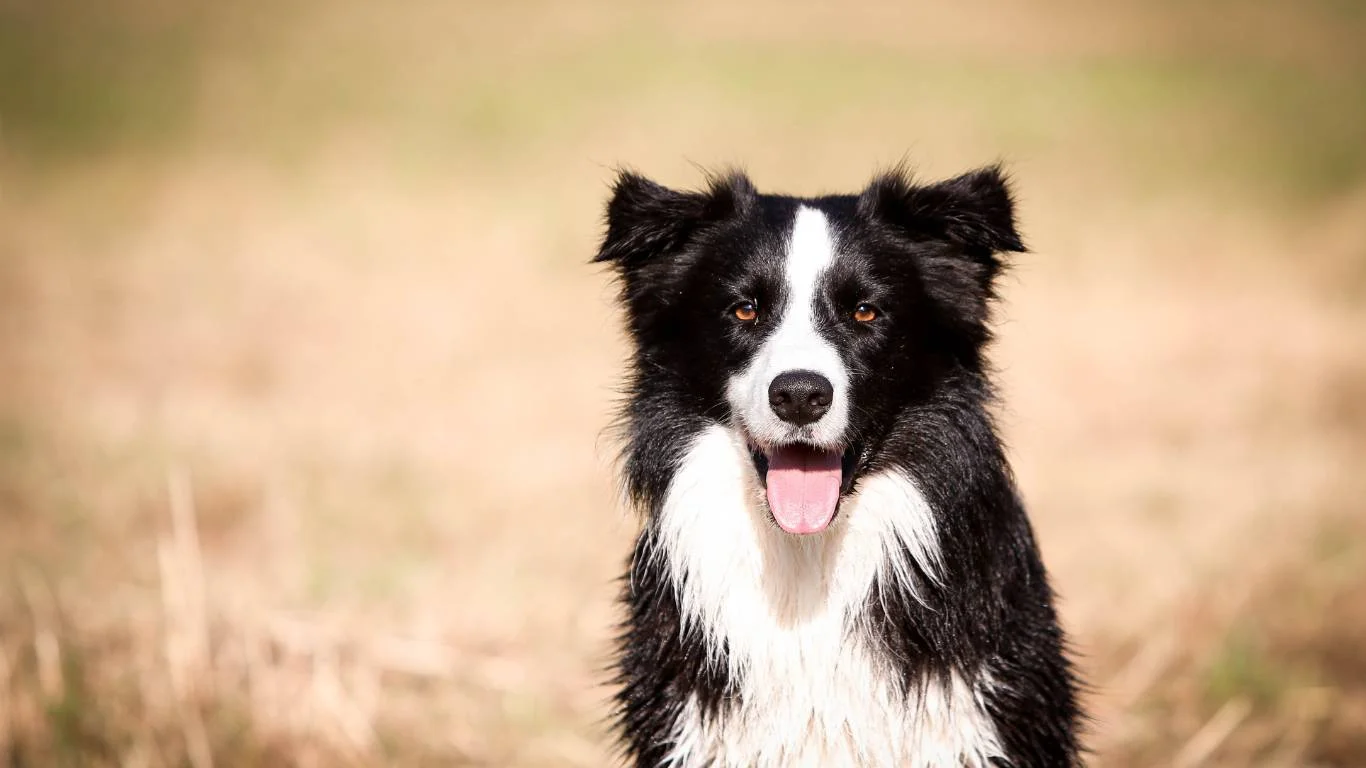
3. Acupressure
Another natural remedy that’s been shown to help some puppies is acupressure. Acupressure is a technique that applies pressure to specific points on the body to relieve symptoms like nausea. Some pet owners have found that acupressure helps calm their puppies during travel, and it’s a non-invasive method that doesn’t require any medications. While it may not be a one-size-fits-all solution, it’s definitely worth trying if your puppy is particularly sensitive to motion sickness.
If you’re interested in exploring these natural remedies, I recommend discussing them with your vet. They can offer valuable insights into the best way to incorporate them into your puppy’s routine to prevent or manage motion sickness.
Establishing a Routine for Stress-Free Car Rides
One of the most effective ways to prevent motion sickness is to make car rides as stress-free as possible. The more your puppy associates the car with positive experiences, the less likely they are to develop anxiety-induced motion sickness. Here are some steps you can take to build a routine that helps prevent discomfort during travel:
1. Positive Reinforcement
Positive reinforcement is key in any type of training, and it’s especially helpful when your puppy is learning to travel comfortably. After each short car ride, reward your puppy with a treat, praise, or a favorite toy. This helps create a positive association with the car, making it more likely they will stay calm during longer trips. Personally, I’ve found that rewarding puppies for calm behavior during car rides goes a long way in reducing anxiety and motion sickness.
2. Use a Familiar Blanket or Toy
Bringing along a familiar blanket or toy can provide comfort and reassurance to your puppy. The smell of something familiar can make them feel more at ease in the car and reduce stress. Some puppies get motion sick simply because they’re anxious or unsure of their surroundings. By offering them a familiar item, you’re helping them feel more secure, which can reduce the chances of motion sickness.
3. Take Regular Breaks During Long Trips
If you’re planning a long trip, make sure to schedule regular breaks to give your puppy a chance to stretch their legs and get some fresh air. It’s important to keep the car ride enjoyable and not overwhelming, so taking a few stops can help avoid the buildup of stress and anxiety. In my experience, this small step can make a big difference for puppies prone to motion sickness, as they have a chance to relax and reset before continuing the journey.

Signs You Should Seek Veterinary Help
Even with all the tips and tricks we’ve discussed so far, there may be times when motion sickness becomes more than just a temporary inconvenience. If your puppy is experiencing severe or frequent motion sickness, it might be time to seek advice from a veterinarian. Persistent vomiting, lethargy, or a drastic change in behavior could indicate a deeper issue that needs attention.
Additionally, if your puppy is struggling with motion sickness despite your best efforts, it could be worth discussing alternative solutions with your vet. Sometimes, a professional assessment can uncover other underlying causes, such as anxiety, ear infections, or even more complex vestibular issues that need to be addressed before your puppy can travel comfortably again.

Remember, every puppy is different, and what works for one may not work for another. That’s why it’s so important to work with your vet to determine the best approach to prevent and manage motion sickness in your puppy. They’ll help you choose the most effective solution for your furry friend’s individual needs.
When to Consult a Veterinarian About Your Puppy’s Motion Sickness
While most cases of motion sickness in puppies can be managed with patience and the right techniques, there are times when you may need to seek professional help. If you’ve tried various strategies—whether it’s natural remedies, medication, or behavioral training—and your puppy continues to struggle with motion sickness, it might be time to consult with your vet. As someone who works closely with pet health, I can tell you that sometimes, motion sickness may be more complex than it initially seems.
For example, puppies that experience severe or frequent vomiting, extreme lethargy, or changes in their overall behavior might be dealing with a more significant issue than just motion sickness. These signs could indicate an underlying health condition that needs to be addressed. It’s always better to err on the side of caution and reach out to a veterinarian for a more in-depth assessment if you notice anything unusual. For instance, chronic ear infections or problems with the inner ear can sometimes mimic the symptoms of motion sickness and should be ruled out by your vet.
In my experience, it’s always a good idea to visit the vet if the symptoms persist despite trying the usual solutions. Your veterinarian can help pinpoint the exact cause of your puppy’s discomfort and recommend the best course of action. Plus, they can offer advice on how to make future car rides easier on your puppy.
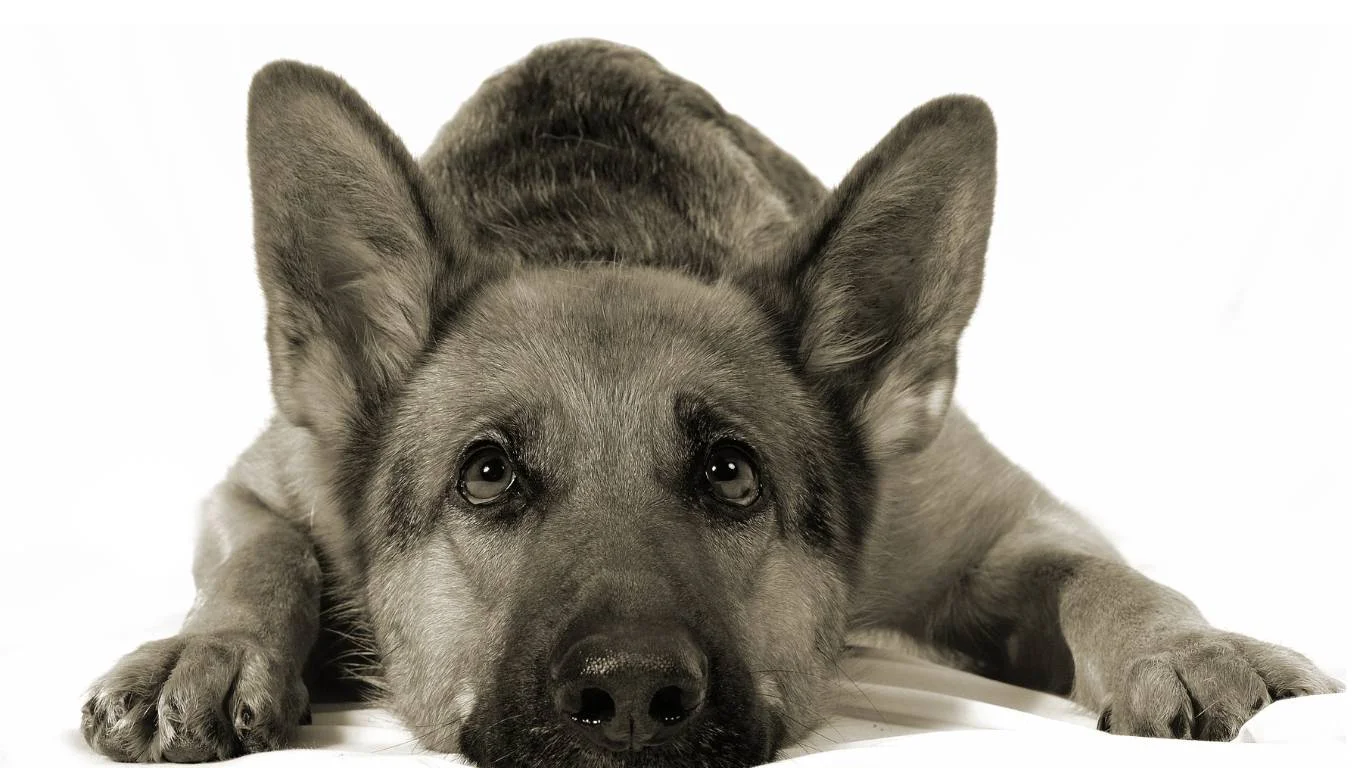
Long-Term Solutions for Preventing Motion Sickness in Puppies
When it comes to preventing motion sickness in puppies, it’s important to think about the long-term picture. While short-term remedies can help, building a routine that promotes comfort and safety during car rides will make a big difference in the long run. From personal experience, I can tell you that consistency is key. Whether it’s using calming methods or medications, maintaining a regular routine that your puppy can rely on will create a sense of security.
One of the best long-term solutions is simply ensuring your puppy gets as much exposure to the car as possible in a positive, low-stress way. In fact, the more positive experiences your puppy has in the car, the less likely they are to develop travel anxiety or motion sickness. Think about it this way: Just like you and I get more comfortable driving when we do it regularly, your puppy will start to feel more at ease the more they’re exposed to car rides.
Another long-term solution that many pet owners overlook is ensuring your puppy is physically comfortable in the car. Make sure your puppy has access to water during longer trips, and provide breaks if needed. It may sound simple, but sometimes it’s the little things—like making sure your puppy is not too hot or cold—that can make a big difference in preventing motion sickness. I’ve seen many puppies with travel anxiety or motion sickness become much more relaxed once their car environment was adjusted to suit their comfort needs.
How to Choose the Right Car Safety Gear for Your Puppy
Another important aspect of preventing motion sickness in puppies is choosing the right safety gear for car rides. Many pet owners underestimate how much safety and comfort can impact their puppy’s experience in the car. When your puppy feels secure and stable, they’re less likely to get anxious or feel disoriented. A puppy that’s left to roam freely in the car may feel stressed, which can trigger motion sickness. But with the right gear, you can minimize these risks.
The best option is usually a dog car seat belt or crate. Crates provide a secure, enclosed space where your puppy can feel safe, reducing distractions and motion that could make them feel uneasy. Alternatively, a car seat belt harness specifically designed for dogs can keep your puppy secure and prevent them from moving around too much during the ride. I’ve found that puppies in secure, comfortable harnesses often experience less anxiety because they’re not worried about sliding around or falling off the seat.
1. Dog Seat Belt Harnesses
Dog seat belt harnesses are a great option for puppies that prefer to sit or lie down during car rides. These harnesses are easy to attach to your car’s seat belt system, providing a safe and stable ride. Be sure to choose a harness that’s appropriately sized for your puppy, as a poor fit can make them uncomfortable or even lead to injury in the event of an accident. Personally, I’ve seen firsthand how puppies settle more easily when they’re safely secured in a harness, reducing both stress and motion sickness.
2. Crates
Crates are another excellent option for travel, as they offer a safe, familiar space for your puppy. Many puppies feel more at ease in their crates because it’s their personal space. A good crate also minimizes the risk of your puppy being tossed around during the ride. If your puppy is new to the crate, try to make the experience positive by offering treats, toys, or a cozy blanket that smells like home.
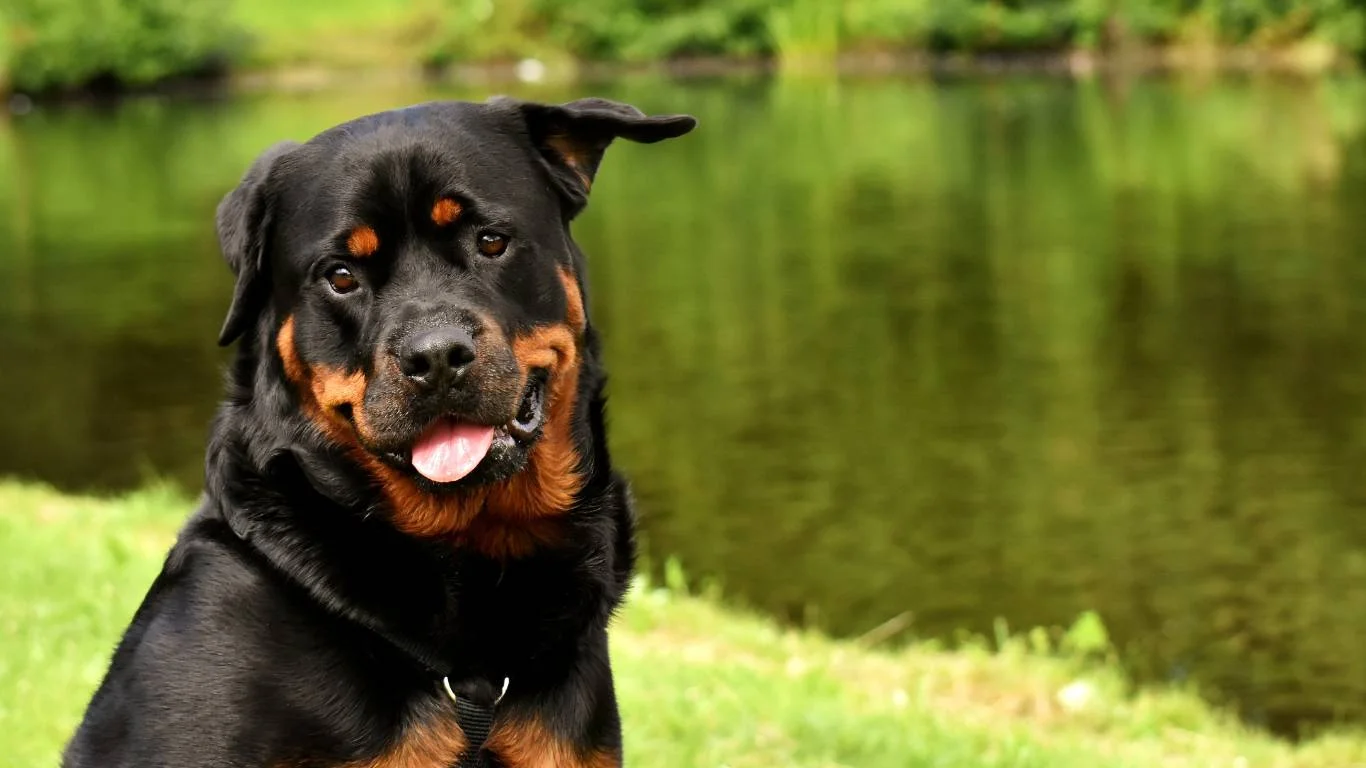
References
For more information on motion sickness in dogs, check out the following resources:
- PetMD – A trusted resource for pet health advice.
- American Kennel Club – Provides tips on travel and dog care.
- National Institutes of Health – For insights into general health and wellness, including motion sickness.
- Health.com – Information on health-related topics for pets and people alike.
Disclaimer
While this article provides general guidance on how to prevent motion sickness in puppies, it’s essential to consult with your veterinarian for personalized advice. Every puppy is different, and what works for one may not work for another. Always check with your vet before making any changes to your puppy’s routine, especially if you’re considering medication or supplements. The advice provided here is meant to supplement, not replace, professional veterinary care.

